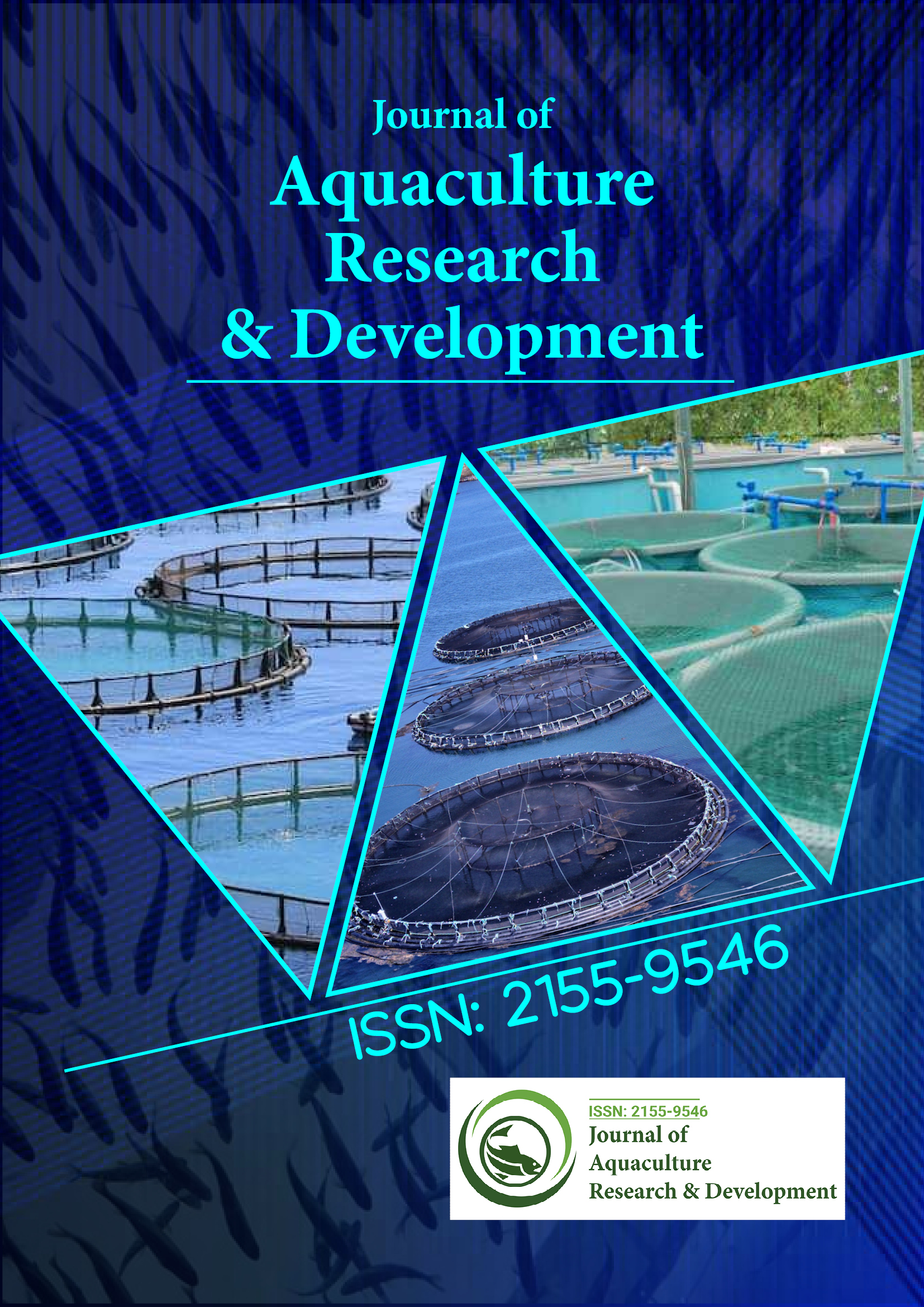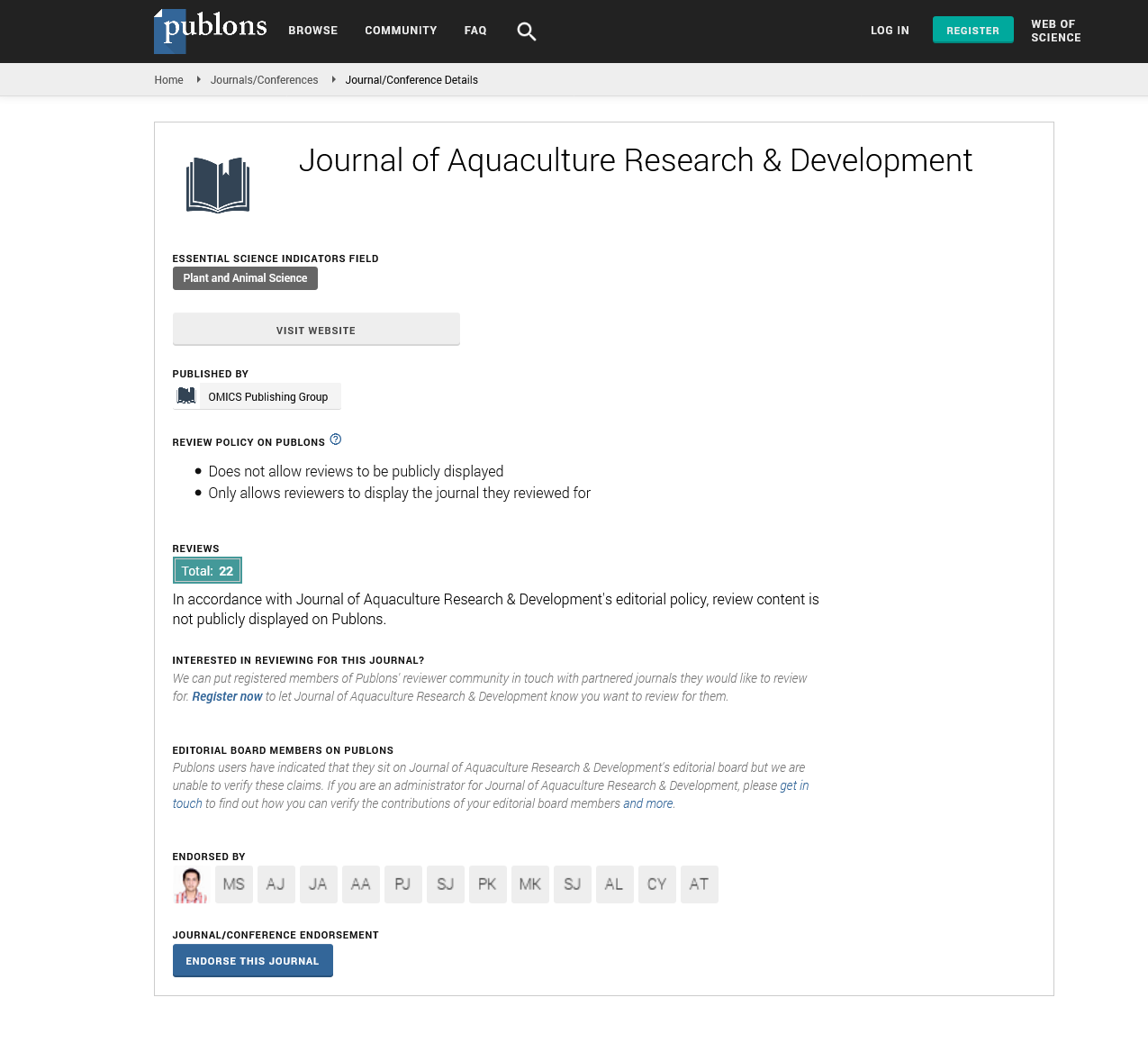Indexed In
- Online Access to Research in the Environment (OARE)
- Open J Gate
- Genamics JournalSeek
- JournalTOCs
- Scimago
- Ulrich's Periodicals Directory
- Access to Global Online Research in Agriculture (AGORA)
- Electronic Journals Library
- Centre for Agriculture and Biosciences International (CABI)
- RefSeek
- Directory of Research Journal Indexing (DRJI)
- Hamdard University
- EBSCO A-Z
- OCLC- WorldCat
- Scholarsteer
- SWB online catalog
- Virtual Library of Biology (vifabio)
- Publons
- MIAR
- University Grants Commission
- Euro Pub
- Google Scholar
Useful Links
Share This Page
Journal Flyer

Open Access Journals
- Agri and Aquaculture
- Biochemistry
- Bioinformatics & Systems Biology
- Business & Management
- Chemistry
- Clinical Sciences
- Engineering
- Food & Nutrition
- General Science
- Genetics & Molecular Biology
- Immunology & Microbiology
- Medical Sciences
- Neuroscience & Psychology
- Nursing & Health Care
- Pharmaceutical Sciences
Perspective - (2025) Volume 16, Issue 2
Metagenomics of Aquatic Microbiota in Recirculating Systems
Julian Renwick*Received: 03-Feb-2025, Manuscript No. JARD-25-28619; Editor assigned: 05-Feb-2025, Pre QC No. JARD-25-28619 (PQ); Reviewed: 19-Feb-2025, QC No. JARD-25-28619; Revised: 26-Feb-2025, Manuscript No. JARD-25-28619 (R); Published: 05-Mar-2025, DOI: 10.35248/2155-9546.25.16.964
Description
Recirculating Aquaculture Systems (RAS) represent a cutting-edge approach to fish farming that recycles water through mechanical and biological filtration units, significantly reducing environmental discharge and resource usage. As RAS technology continues to evolve, the importance of microbial communities within these closed systems is becoming increasingly evident. These microbiota play essential roles in nutrient cycling, water quality maintenance, and pathogen suppression. However, understanding the composition, function, and dynamics of these complex microbial populations has long posed a challenge. The advent of metagenomics has revolutionized our capacity to characterize aquatic microbiota in RAS, offering deep insights into microbial diversity, functional potential, and ecological interactions that underpin system stability and fish health.
Metagenomics, the study of genetic material recovered directly from environmental samples, bypasses the limitations of traditional culture-based methods, which often fail to detect the vast majority of microorganisms present. Through high-throughput sequencing technologies and advanced bioinformatics, metagenomics provides a comprehensive profile of microbial communities, including bacteria, archaea, fungi, and viruses. In RAS environments, this approach enables the detection of both beneficial and harmful microbes, allowing for the assessment of system health, identification of early indicators of disease risk, and development of targeted microbial management strategies.
Recent metagenomic studies have demonstrated that microbial communities in RAS are shaped by a range of factors, including system design, fish species, feed type, water temperature, and stocking density. For instance, nitrifying bacteria such as Nitrosomonas and Nitrobacter, which are critical for ammonia oxidation and nitrite conversion, are often found in biofilters and play a pivotal role in nitrogen cycling. In contrast, the rearing tanks may host a distinct microbial assemblage dominated by heterotrophic bacteria involved in organic matter degradation. Metagenomic analysis not only reveals the taxonomic composition of these communities but also their functional genes associated with nitrogen metabolism, antibiotic resistance, and quorum sensing.
One of the key advantages of metagenomic monitoring in RAS is its potential for predictive diagnostics. By tracking shifts in microbial diversity and abundance over time, operators can anticipate and prevent system crashes or disease outbreaks. For example, a sudden decline in nitrifier populations or the emergence of opportunistic pathogens like Aeromonas or Vibrio may signal deteriorating water quality or increased disease susceptibility. Metagenomics also allows for the discovery of beneficial microbial consortia that can be harnessed as probiotics or bioaugmentation agents to enhance system resilience and fish performance.
Furthermore, metagenomic tools support the evaluation of water treatment efficacy and biofilter performance. Changes in microbial community structure in response to cleaning cycles, UV sterilization, or chemical treatments can inform best practices that minimize disruption to essential microbial functions. Additionally, longitudinal studies using metagenomic datasets help in understanding microbial succession and system maturation, guiding the optimal timing of fish stocking and operational interventions.
Despite its transformative potential, the integration of metagenomics into routine RAS management is still limited by cost, complexity, and data interpretation challenges. Sequencing and analysis require specialized equipment and bioinformatics expertise, which may not be readily available in commercial hatcheries. However, ongoing technological advancements and decreasing costs are expected to make metagenomic approaches more accessible. The development of user-friendly platforms and targeted sequencing kits designed specifically for aquaculture microbiomes is also underway, promising to bridge the gap between research and application.
In the context of sustainable aquaculture, the application of metagenomics to RAS represents a powerful tool for ecological understanding and microbial management. By providing a detailed, real-time view of microbial ecosystems, metagenomics supports the optimization of system function, disease control, and environmental stewardship. As precision aquaculture continues to gain momentum, microbial genomics will undoubtedly play a central role in the design and operation of next-generation recirculating systems, contributing to food security and industry growth.
Citation: Renwick J (2025). Metagenomics of Aquatic Microbiota in Recirculating Systems. J Aquac Res Dev. 16:964.
Copyright: © 2025 Renwick J. This is an open access article distributed under the terms of the Creative Commons Attribution License, which permits unrestricted use, distribution, and reproduction in any medium, provided the original author and source are credited.

